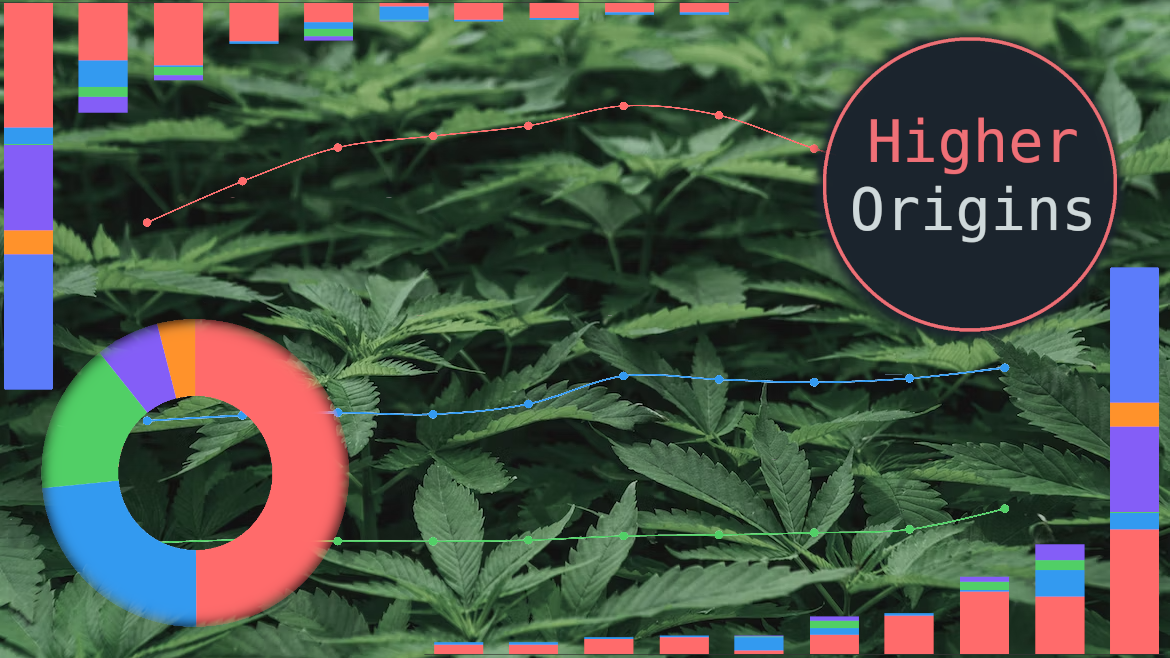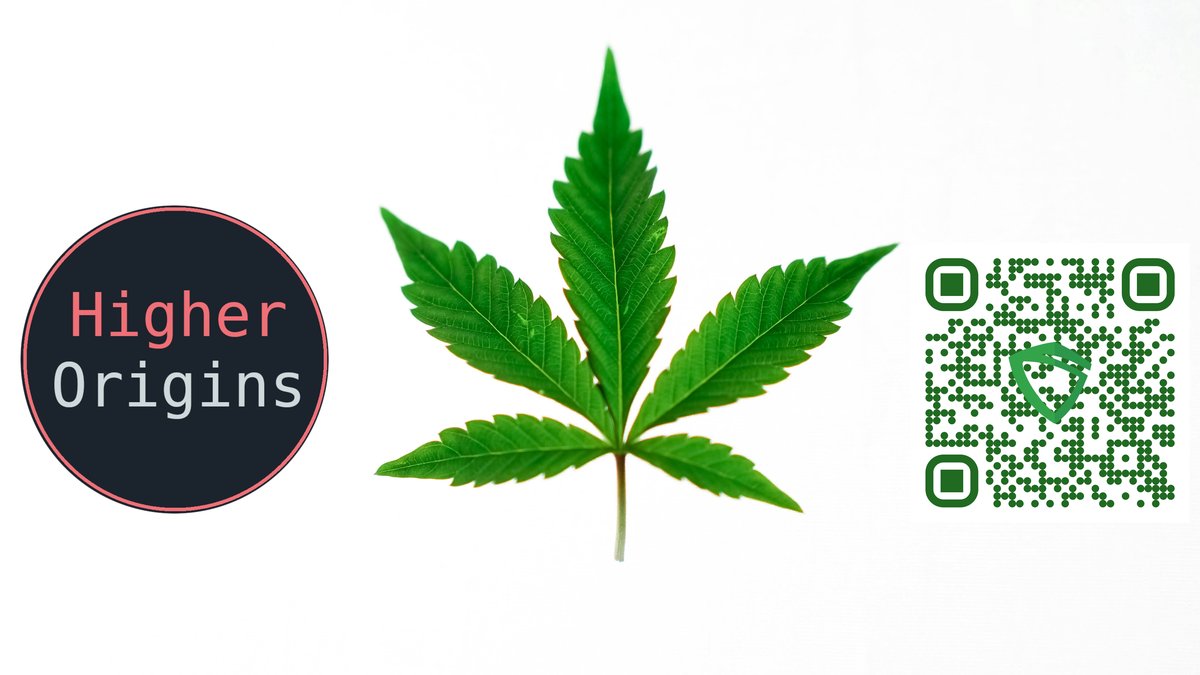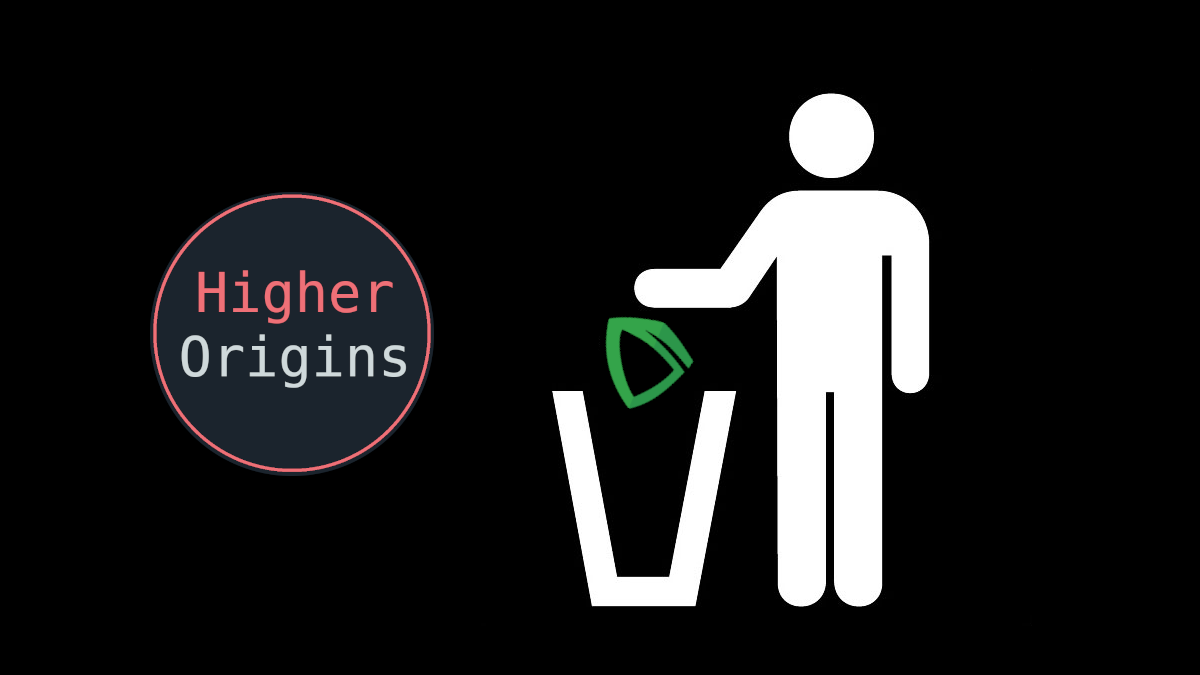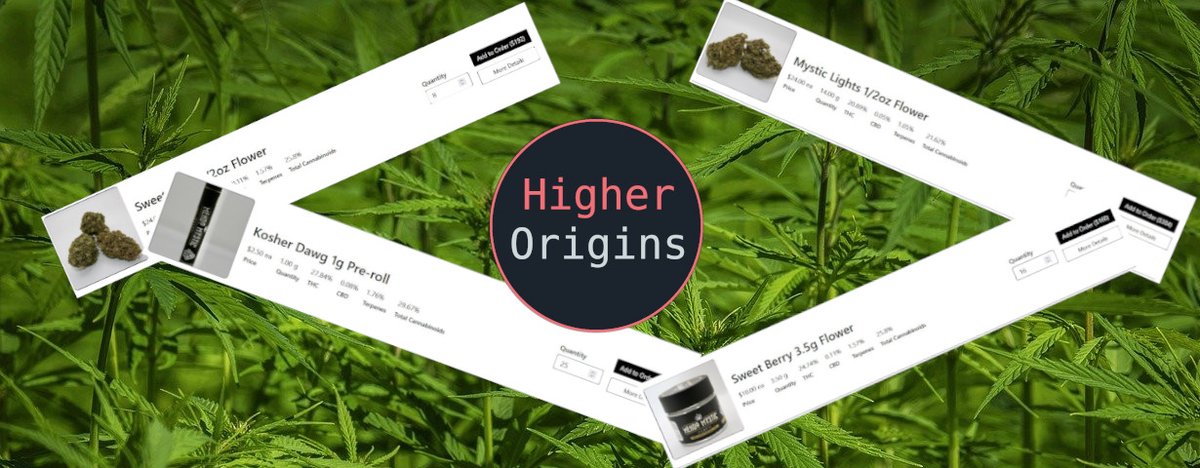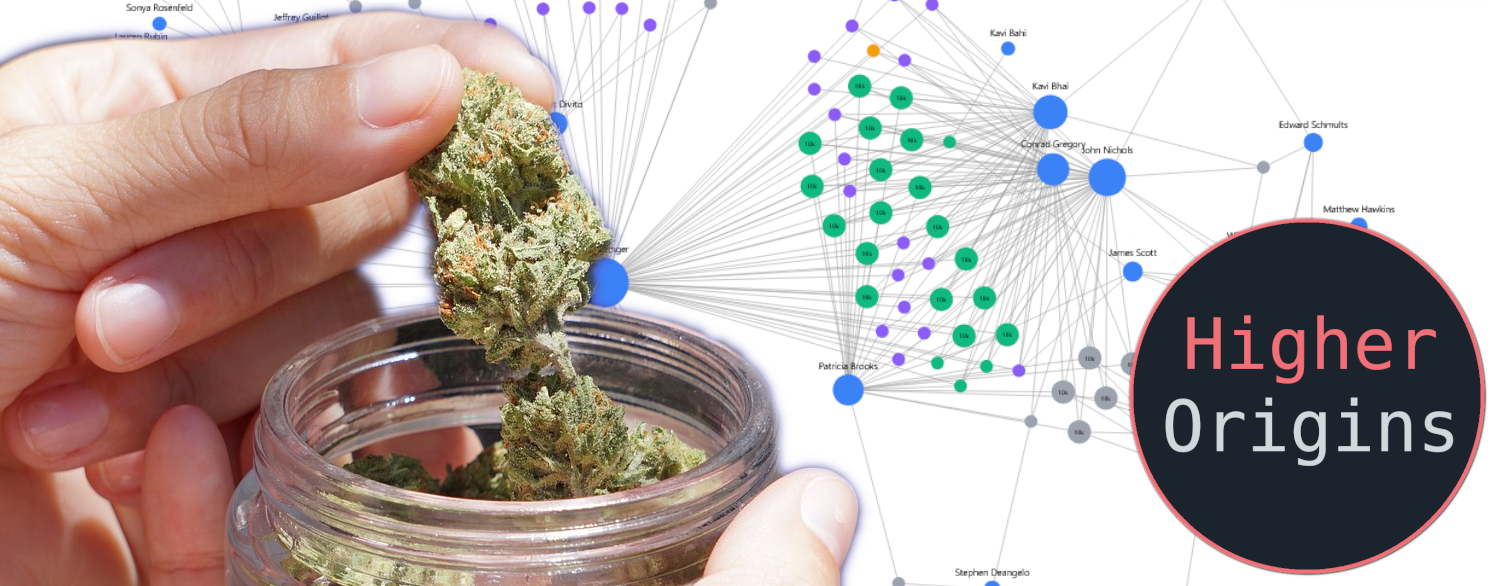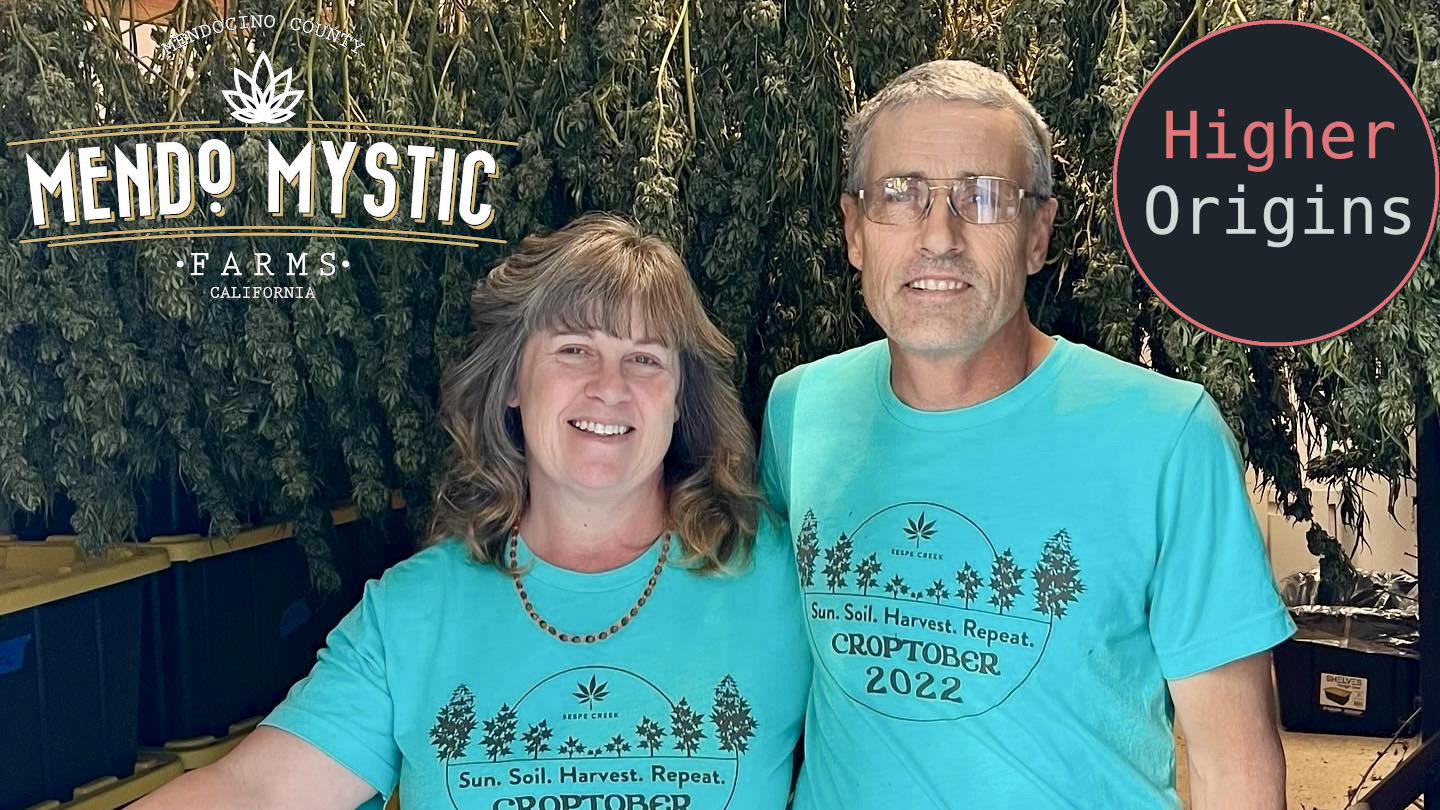*Editor's note 1/11/24: This article has been updated to fix an error in our data for Manufacturing license data. The cause of the error has been identified and patched.
Halfway though another year! It's summer, and it's time to grow! Even though the massive growth in cultivation seen in 2021 and 2022 has been almost entirely erased, there's still over 80 million square feet of growth across California to feed the supply chain, and certain sectors of the industry are expanding. Let's dive into the numbers so far in 2023!
Overall Trends

Let's start at the top: The simple license count trend for the whole state of California, and some quick takeaways for those in a hurry:
Cultivation has basically broken even with where it was 2 years ago and is still in steady freefall, with another 1000 licenses lost by the end of the year a realistic expectation if the trend continues.
Commercial licenses have slowly but consistently risen over the past few years with a few fluctuations. While retail is experiencing headwinds from taxation, license fees, competition, payment issues, and unstable supply chains, people are still opening stores. The dip late last year was probably a reaction to the shift of taxation burden onto retailers and widespread fears of a recession having a chilling effect on people opening stores.
Manufacturing is consistent and flat.
Overall, it looks like compared to a year ago, there's over 20% less production potential, and about the same sales and manufacturing potential. Now, let's dig into the details.
Cultivation Trends

We consider cultivation by square footage rather than license number to give a clearer picture of the production potential.
Outdoor drives the overall downward market trend, peaking this time last year and dropping 25% since then.
Mixed light has lost about 21% of its total square footage in the past year.
Indoor has leveled off after a slight uptrend a year ago, for a year over year gain of 18%.

Here we break out the trends in square footage across the different categories of cultivation license.
Small and Medium license types define the cultivation category, with Medium licenses being much more consistent over time in comparison to Small licenses. At the current trend, these categories could equalize in square footage by the end of the year. This difference in volatility may be due to the following:
Small licenses are cheaper, and therefore often owned by smaller businesses with less financial stability that are more prone to failure.
Large speculative operations often secure a massive number of small outdoor licenses, and then fail.
The Specialty categories are consistent and rare, which makes sense due to their nature as small, often experimental, grows.
Large licenses, which opened at the beginning of this year, are not included in this graph. Since all of their cultivation sizes have no upper limit, we cannot accurately determine how much they will be growing. We have detailed the existing large licenses in the chart below.

This chart shows all active Large license holders, and their known total licensing. Note that the "Known sqft of Grow" values include the minimum amount of large cultivation they can grow, that is anything above an acre for outdoor and anything above 22,000 square feet for mixed light. Also note that large grows are often operated by conglomerate companies with various DBA's, so we may very well have missed related licenses owned under different business names. The "Converted/New" column indicates if the large license in question was created entirely new or if it was converted/upgraded from existing licenses.
From this chart we can tell that the counties known for large grows, namely Lake and Santa Barbara, are naturally the hotspots for Large type licenses. All large license holders in Santa Barbara converted their existing grows to the new license type, which matches the expansion-oriented mindset of that region's cultivation.

In this chart, we have categorized all businesses by the size of their total active cultivation. Using these categories, we can see which size tier of businesses lost the most cultivation area so far in 2023, and where. We’ve limited this to the top 10 counties by area loss.
Santa Barbara continues to rank the worst for lost cultivation. Thanks to different rules on licensing, it is easier for large companies to acquire huge areas of cultivation in Santa Barbara. Unfortunately for these big businesses, they almost all operate on tenuous investment capital and frequently fail spectacularly when their cost/benefit no longer makes sense to their investors. As a result, you see Santa Barbara leading the state, with roughly half the losses in California this year, over three times that of the next ranked county, Humboldt.
Humboldt’s losses may seem small, but that’s only in comparison to Santa Barbara. Over 2 million sqft of farms were lost in the mountains north of the Redwood Curtain, roughly half of which were the small farms that define the roots of the Northern California industry.
The rest of California loosely follows Humboldt’s pattern, with most losses in the small farm sector, with the exception of Calaveras.

In terms of additions, things are a bit different.
Humboldt leads the pack with added cultivation for the year, with gains for midsized operations that offset around 30% of the square footage that was lost in the same time period. Unfortunately, gains have done nothing to offset the ~1.2 million square foot loss from small farms so far this year.
After an apocalypse for big farms in Lake county last year, they seem to be slowly growing again in the county.
In Santa Barbara, only enough was gained to offset about 5% of their gargantuan losses so far this year. Naturally for the county, the vast majority of the movement was from big operations.
LA, Riverside, and San Bernardino county's new cultivation is all Indoor due to the urban environments in that region.

Taking a look at the overall cultivation market share by size, the rough pattern we've seen over the past year remains clear: about 1/2 small farms, 1/4 huge farms, and 1/4 midsized farms.
Manufacturing Trends

Manufacturing has had a very stable year so far!
Will this stability be able to weather more market volatility?
It will be interesting to see if enough stores increased demand for a diverse spread of edibles and beverages contributes much to the growth of the N license class.

Here are the issued manufacturing licenses scaled by county for the last quarter.
As usual, LA is dominating, specifically with type P packaging licenses, which only allows for simple packaging and labeling.
Alameda is the runner up, with 9 new type N infusion licenses, which significantly scales the edible manufacturing capacity of the East Bay.

Losses in manufacturing have been increasing but were still no sign of a major market failure this quarter.
LA's losses weren't proportional to their overall size, but also weren't alarming.
Losses in the other counties had a greater effect, but the overall trend for significant counties remains slightly negative or flat.
Commercial Trends

In terms of commercial licenses, growth has been slow and steady statewide.
LA's growth is expected proportional to it's size, with the retail market there steadily growing and becoming more competitive.
There are no real surprises in commercial growth so far this year, with most gains in urban areas.

Expirations largely follow the same regional trends as newly issued licenses this year. There are a few things to note however.
The Event Organizer license type has lost about twice as many licenses as it has gained this year to date.
Alameda, Humboldt, and Riverside counties seem to be experiencing a high degree of turnover so far this year
For the visual learners who are tired of all these numbers, We'll leave you with this heat map of active retail across California.

Conclusion
So far, we have an industry with declining supply, stable manufacturing, and increasing retail demand. From a basic economic perspective, this seems problematic. While we can only wait and see, we're keeping our eyes open for any sign that the cultivation downtrend will level, and the retail market will begin to flatten and expand more outside of the major urban areas. If any of that happens, we'll be sure to let you know!
Keep growing!
-Higher Origins
